Orientalist courtyard with architecture and portal
Watercolour on paper, 41.5 × 31 cm
Frame 58 x 45.5 cm
Signed lower right in pencil
This finely executed watercolour presents an evocative architectural view in an Orientalist style: a sunlit courtyard punctuated by stone staircases, arches, perforated windows and a monumental red portal, typical of Arabic architecture. The skilful use of light, with warm shadows and clear reflections, creates a bright and vibrant atmosphere. The perspective and meticulous decorative details invite the viewer to immerse themselves in a silent travel story.
Orientalism, understood as a pictorial genre, originated and developed in Europe in the 19th century, fuelled by an interest in the cultures of the Near East, North Africa and South Asia. The impetus came both from the Napoleonic expeditions (to Egypt, from 1798) and from growing European colonialism, which stimulated curiosity about exotic and remote places.
Artists such as Jean-Léon Gérôme, Eugène Delacroix, John Frederick Lewis and Alberto Pasini were able to visually translate an idealised and seductive Orient, poised between documentation and romantic imagination. Orientalism thus became a powerful means of aesthetic escape for 19th-century European and American collectors, depicting architectural spaces, market scenes, inner courtyards and local figures with a taste for decorative detail.
Compared to contemporary painters, this work is closer to the “architectural” strand of Orientalism, akin to Lewis' precise and luminous views or Pasini's architecture, rather than animated genre scenes. The choice to depict the interior of a courtyard without figures accentuates the silent contemplation of the place.
The watercolour technique established itself independently in Europe in the 18th century, but found great success in the 19th century, especially in the field of travel and sketchbooks. Compared to oil painting, watercolour allows for greater immediacy and spontaneity, favouring transparency and luminous vibrations.
The technique used in this work shows a mastery of light glazes and colour contrasts, which bring the warm atmosphere of the courtyard to life. The architectural planes are carefully studied but without rigidity, leaving room for almost impressionistic light effects. This approach highlights the artist's modern sensibility and desire to evoke an emotion rather than a mere topographical description.
All our works come with a detailed certificate of authenticity.
Professional packaging and insured shipping to ensure maximum safety during transport.
For further information, please do not hesitate to contact us on +39 3335747733 – info@dequart.com
VIDEO CALLS and direct viewings are available by appointment in MILAN and OMEGNA (Vb).
Further information and photographs: www.dequart.com




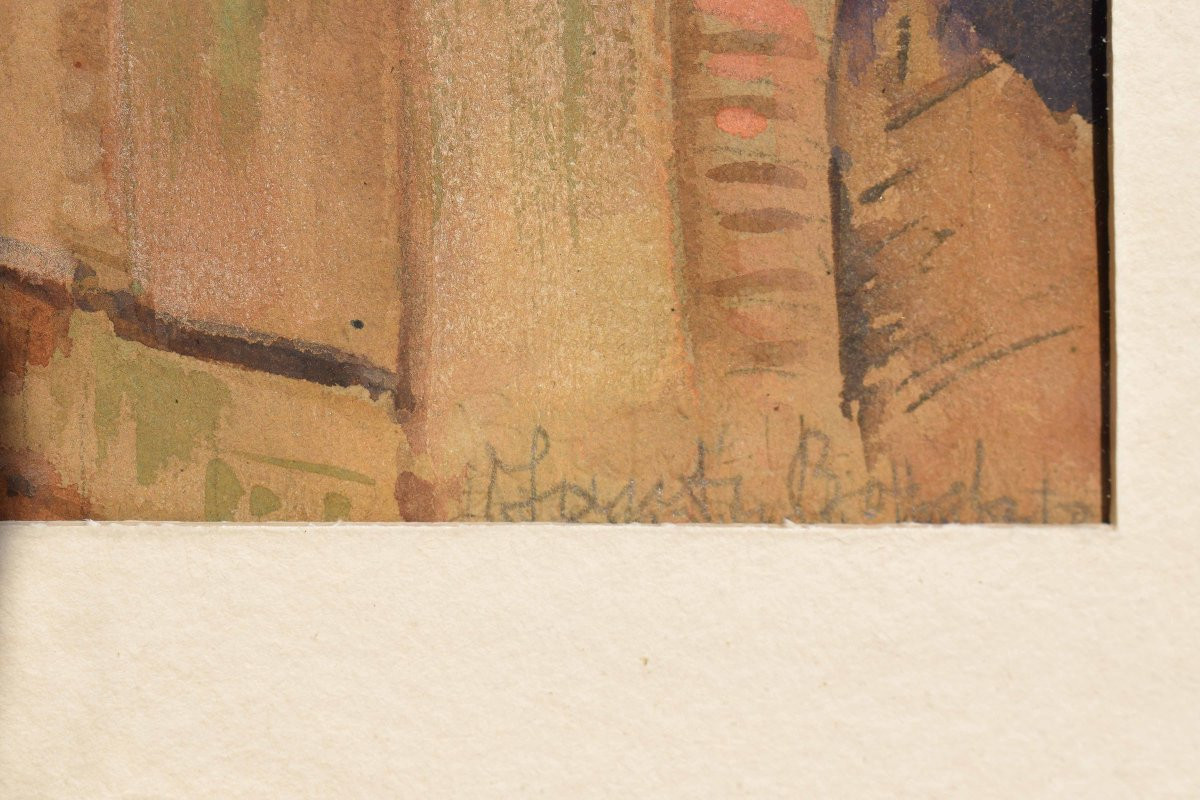




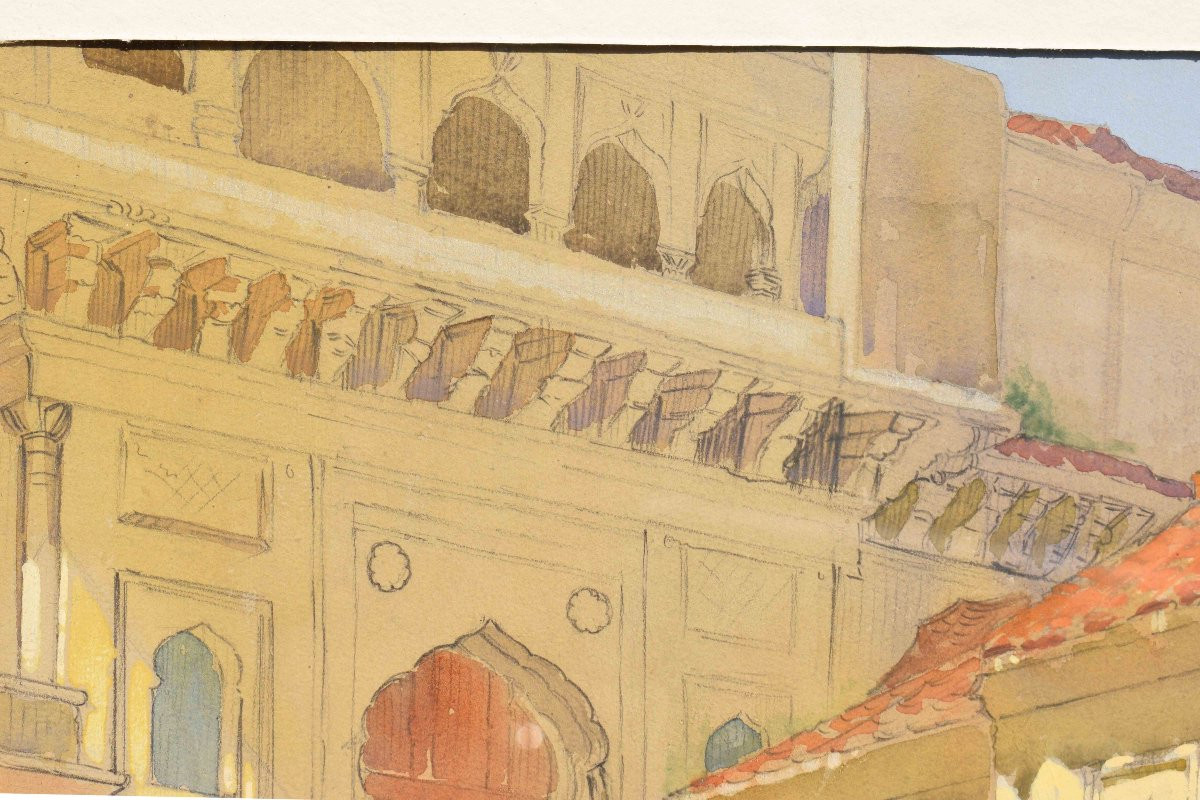

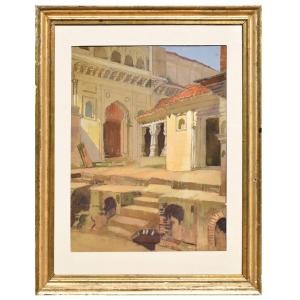









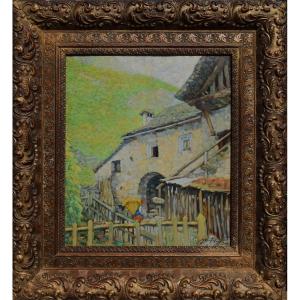





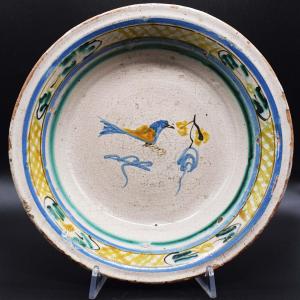




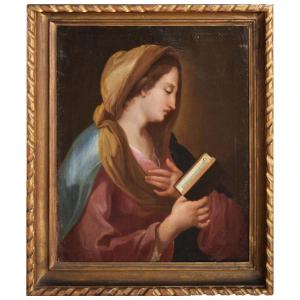





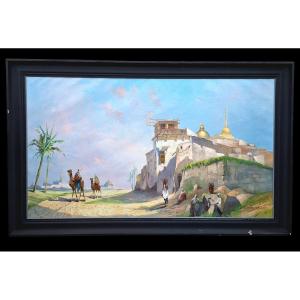
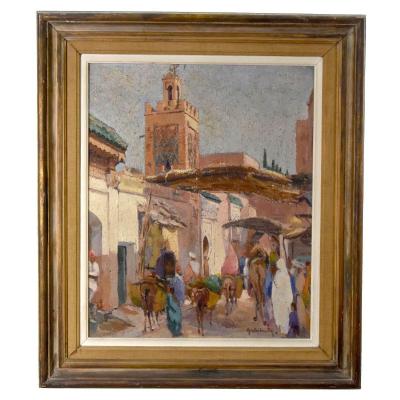



 Le Magazine de PROANTIC
Le Magazine de PROANTIC TRÉSORS Magazine
TRÉSORS Magazine Rivista Artiquariato
Rivista Artiquariato